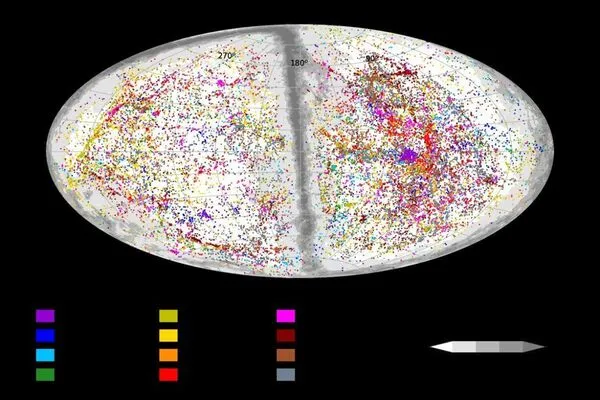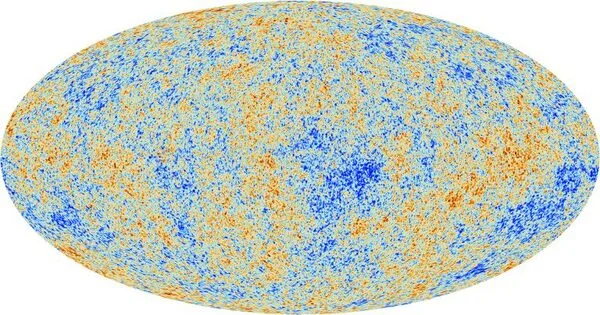Astronomers have created a catalog of 56,000 galaxies, mapping out their distances from Earth. This is the largest catalog of its kind ever created, and it will help scientists better understand the structure and evolution of the universe.
Cosmicflows-4 is the largest collection of high-precision galaxy distances ever assembled by astronomers. What is the age and size of our universe? The largest-ever compilation of high-precision galaxy distances, Cosmicflows-4, has been assembled by a team of researchers led by the University of Hawaii at Manoa astronomers Brent Tully and Ehsan Kourkchi from the Institute for Astronomy. They measured the distances to 56,000 galaxies using eight different methods. The research was published in the Astrophysical Journal.
Galaxies, such as the Milky Way, are the universe’s building blocks, each made up of hundreds of billions of stars. Galaxies beyond our immediate vicinity are speeding away, faster if they are further away, as a result of the universe’s expansion, which began with the Big Bang. The scale of the universe and the time that has elapsed since its birth are determined by measurements of galaxies’ distances from us and information about their velocities away from us.
Since galaxies were identified as separate from the Milky Way a hundred years ago, astronomers have been trying to measure their distances. Now by combining our more accurate and abundant tools, we are able to measure distances of galaxies, the related expansion rate of the universe, and the time since the universe was born with a precision of a few percent.
Brent Tully
“Since galaxies were identified as separate from the Milky Way a hundred years ago, astronomers have been trying to measure their distances,” said Tully. “Now by combining our more accurate and abundant tools, we are able to measure distances of galaxies, and the related expansion rate of the universe and the time since the universe was born with a precision of a few percent.”
The researchers calculated the universe’s expansion rate, known as the Hubble Constant, or H0, using the newly published measurements. According to the team’s research, H0=75 kilometers per second per megaparsec or Mpc (1 megaparsec = 3.26 million light years), with a very small statistical uncertainty of about 1.5%.
There are several methods for calculating galaxy distances. Individual researchers, in general, concentrate on a single method. Tully and Kourkchi’s Cosmicflows program incorporates their own original material from two methods, as well as information from numerous previous studies. Intercomparisons should mitigate against a large systematic error because Cosmicflows-4 includes distances derived from a variety of independent, distinct distance estimators.

Cosmic dilemma
Astronomers have assembled a framework that indicates the universe is slightly more than 13 billion years old, but a significant quandary has arisen in the details.
H0=67.5 km/s/Mpc is predicted by physics based on the standard model of cosmology, with an uncertainty of 1 km/s/Mpc. The difference between measured and predicted Hubble Constant values is 7.5 km/s/Mpc, which is much greater than expected given the statistical uncertainties. Either there is a fundamental problem with our understanding of cosmic physics, or there is a hidden systematic error in galaxy distance measurements.
Additional studies
Cosmicflows-4 is also being used to study how galaxies move individually, in addition to flowing with the overall expansion of the universe. Deviations from this smooth expansion are caused by the gravitational influences of clumps of matter on scales ranging from our Earth and Sun to congregations of galaxies on scales of a half billion light years. On larger scales, the enigmatic dark matter is the dominant component. We can recreate the orbits that galaxies have followed since they were formed using knowledge of their motions in response to the mass around them, giving us a better understanding of how the universe’s vast, dark-matter-dominated structures have formed over eons of time.





